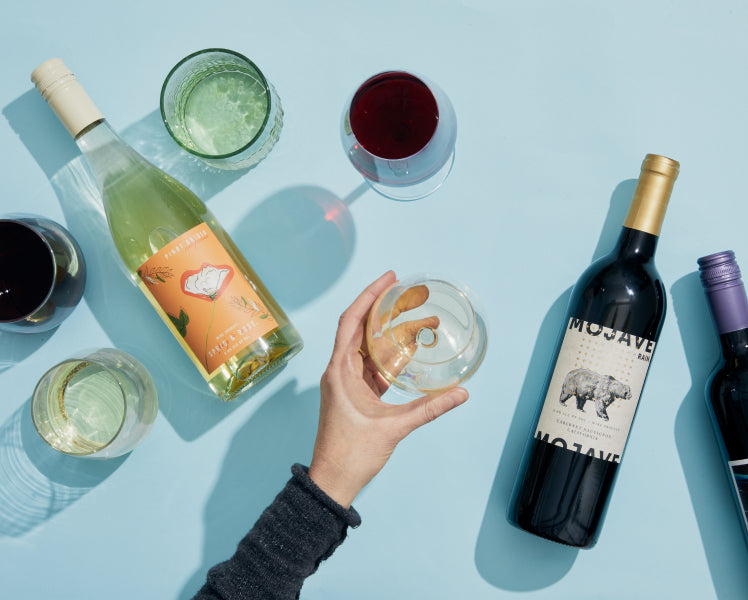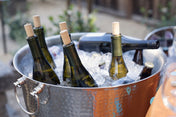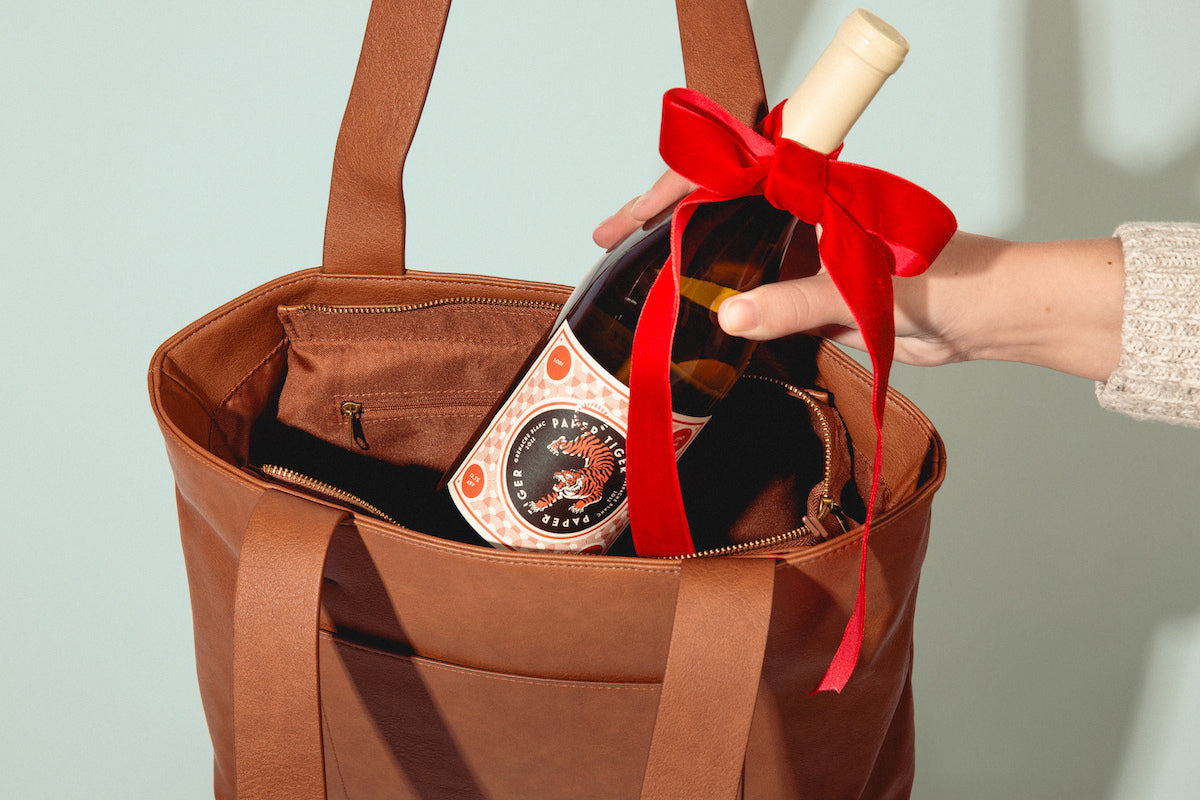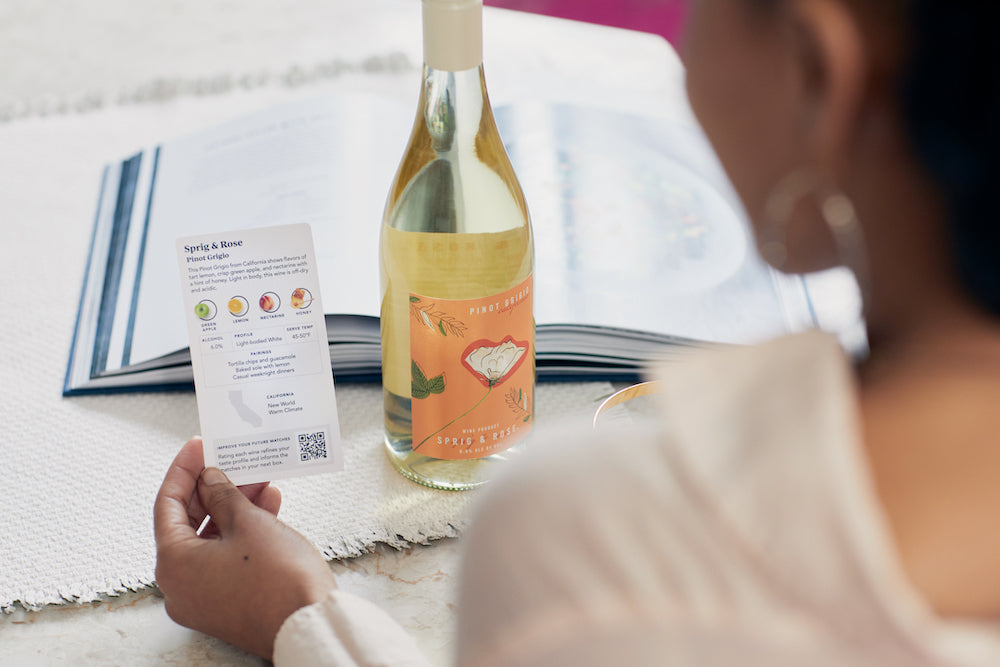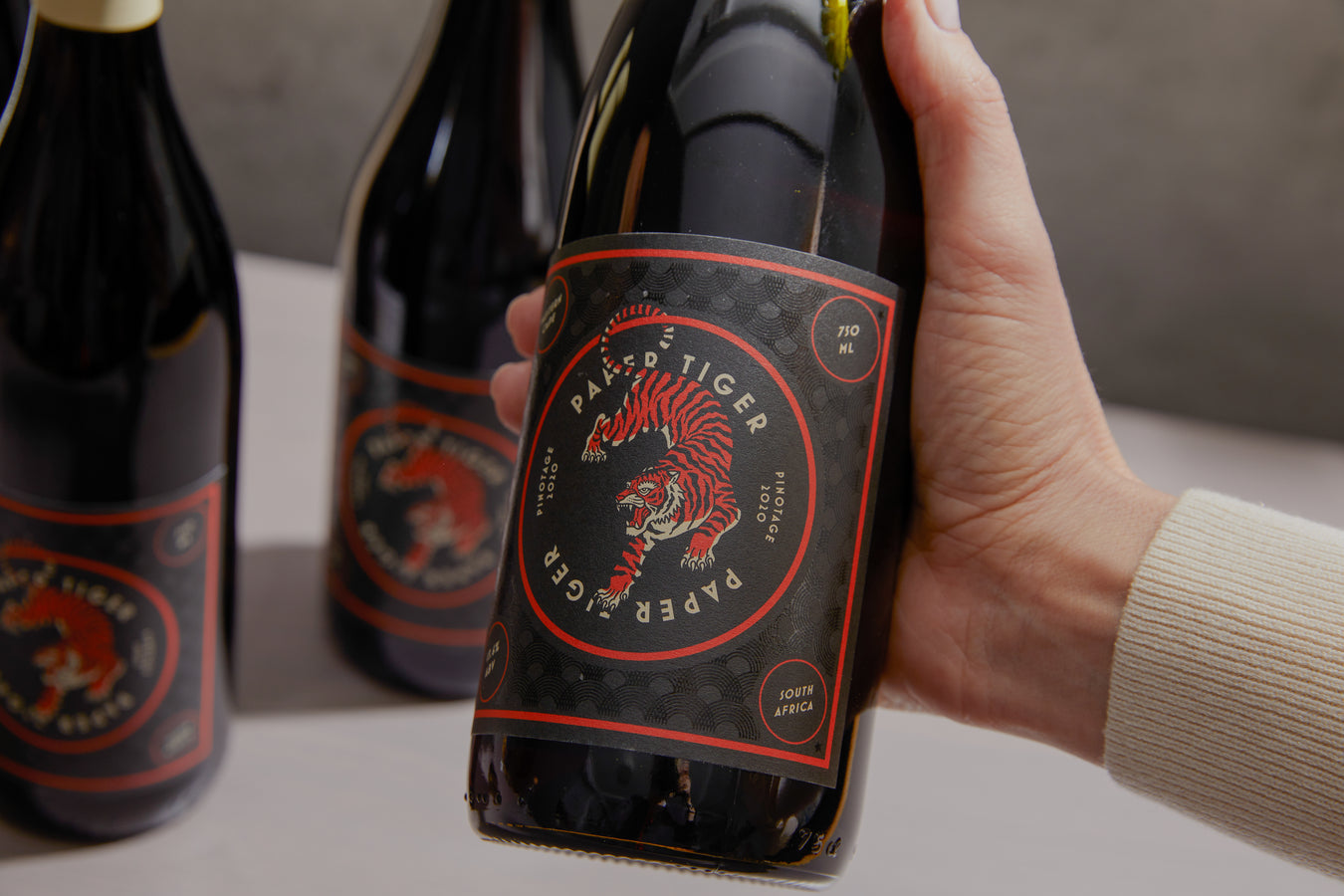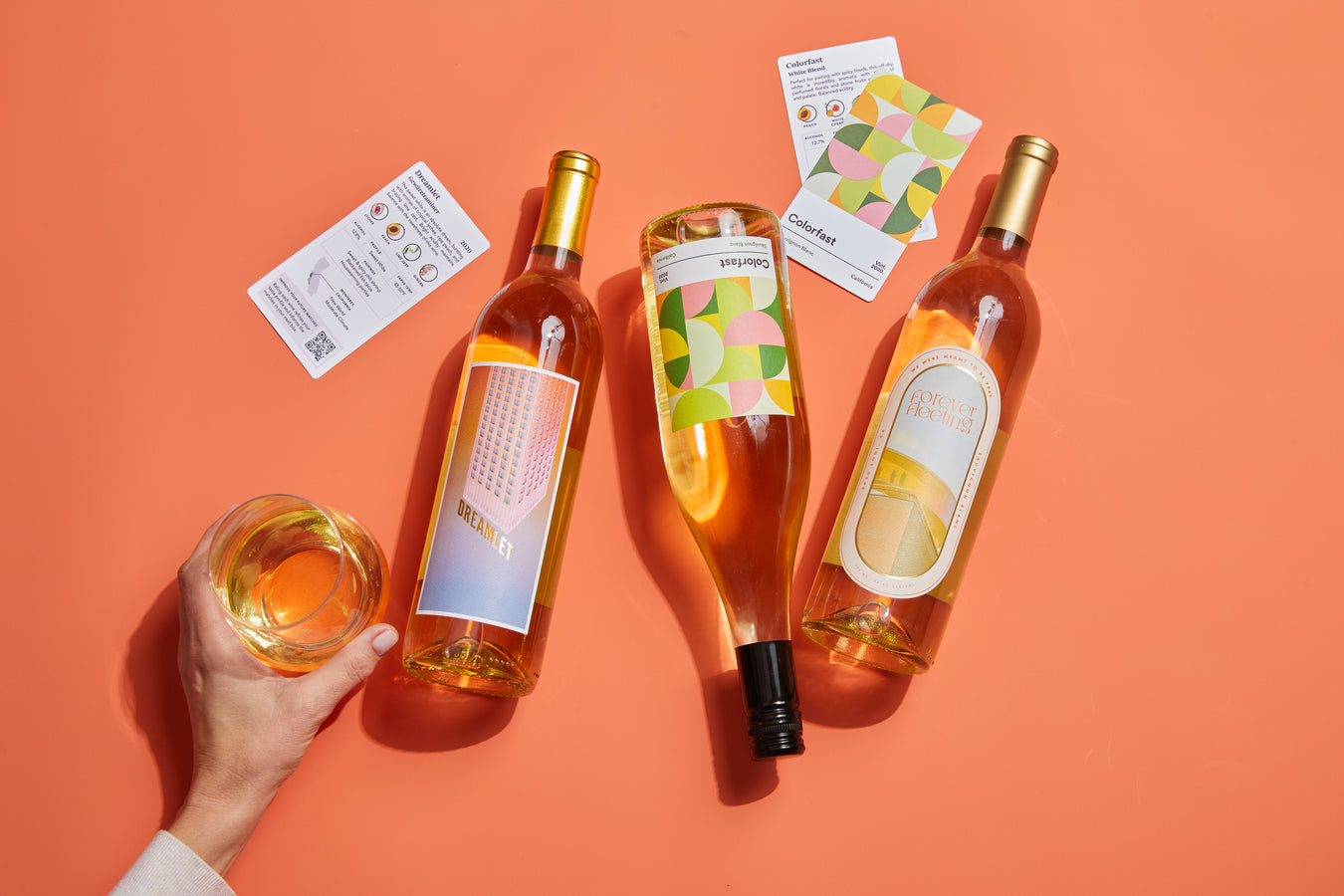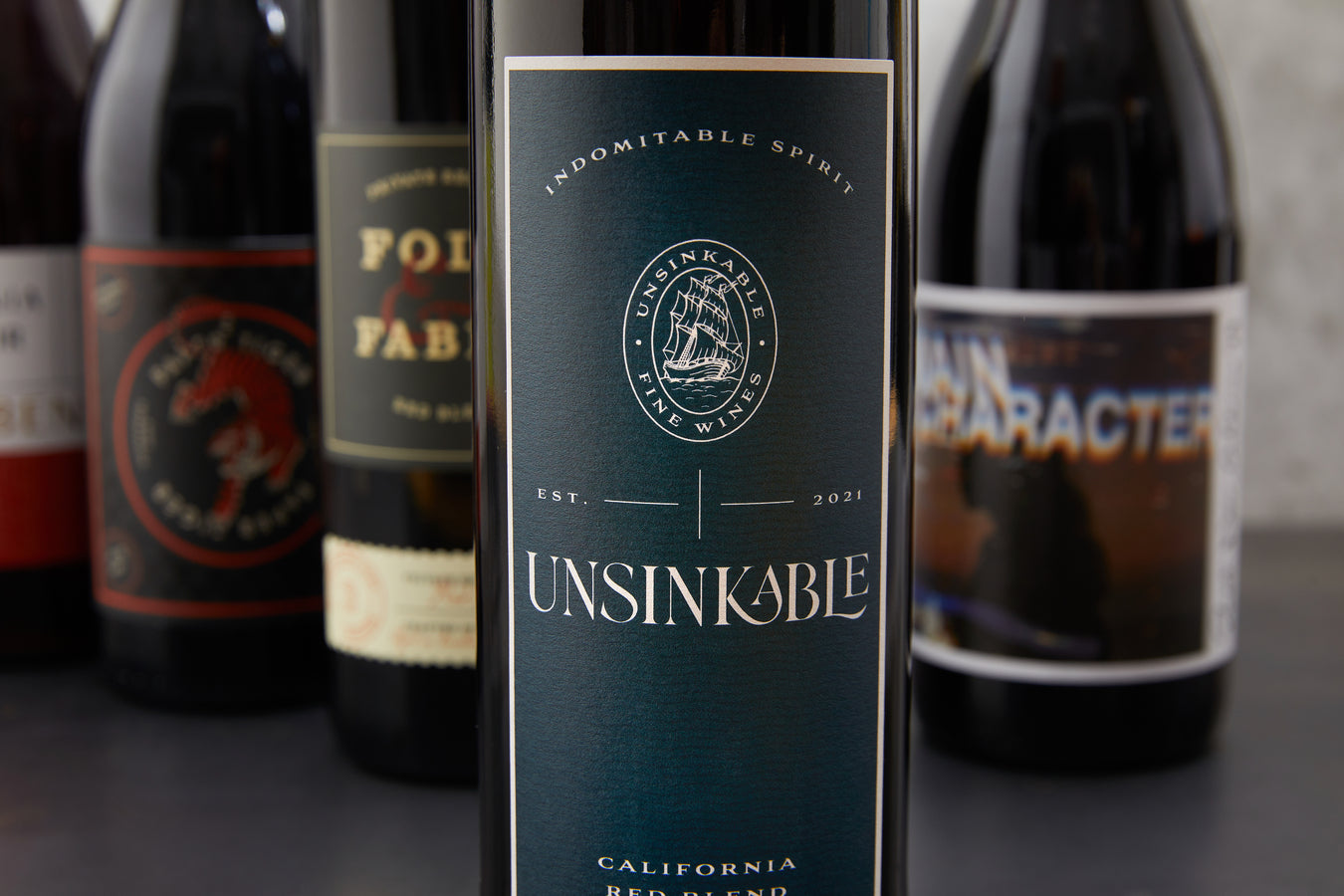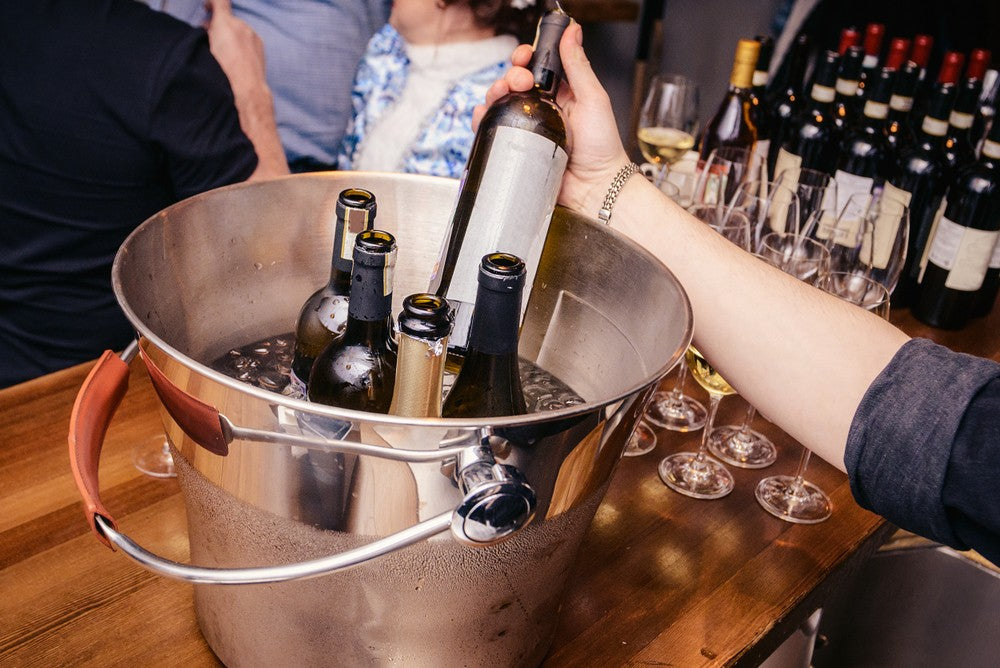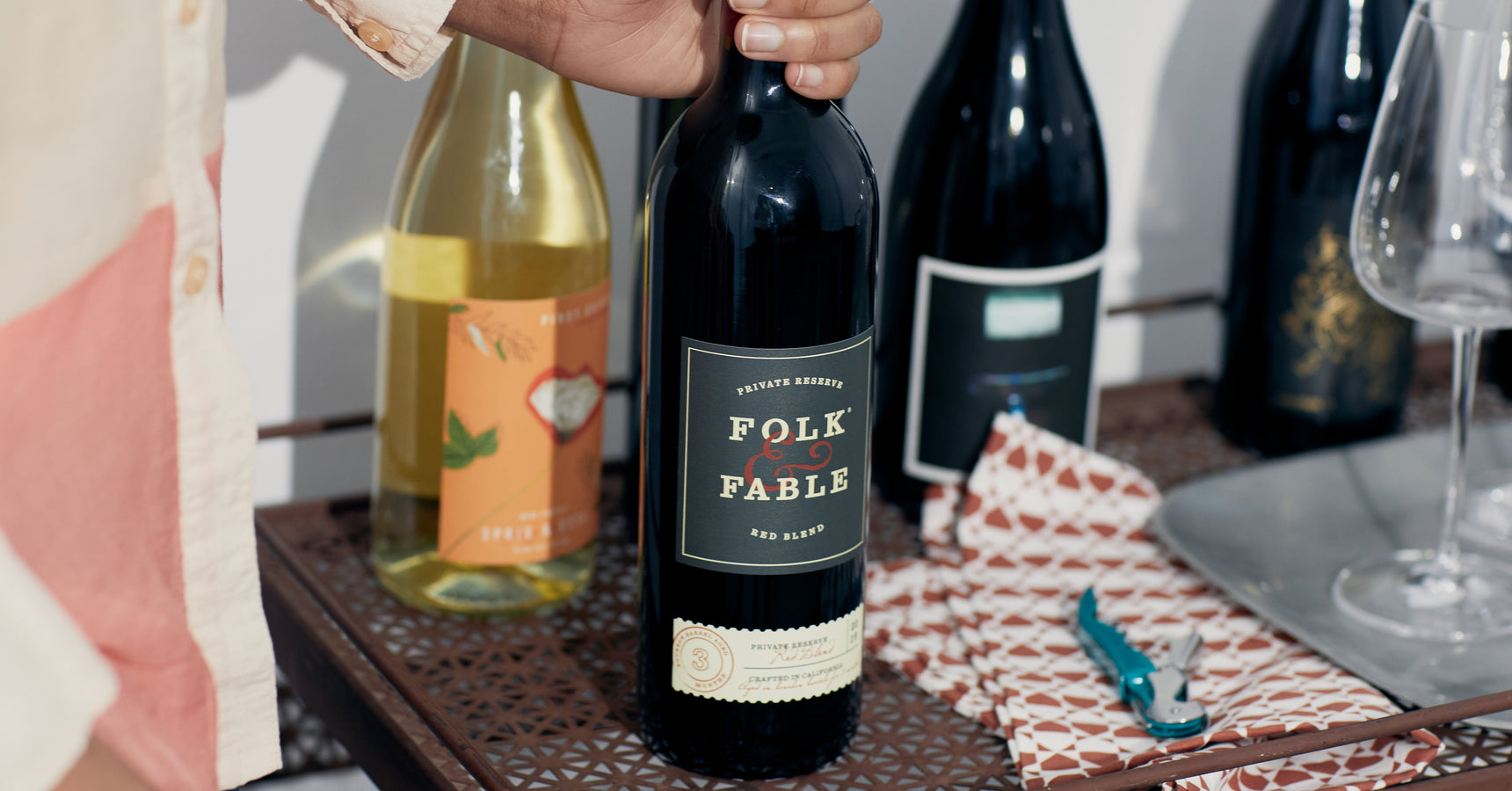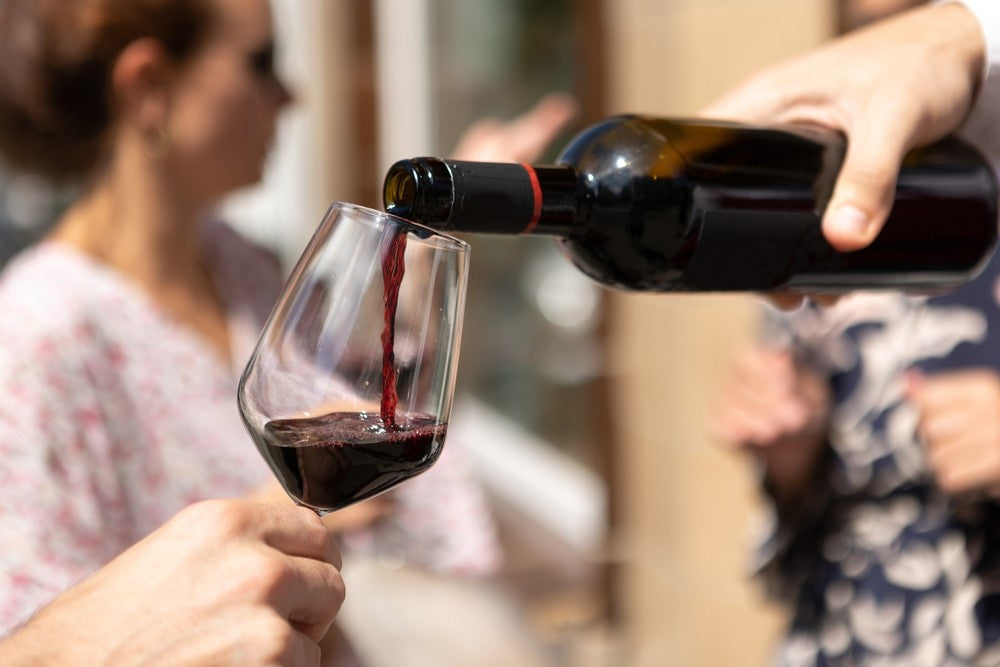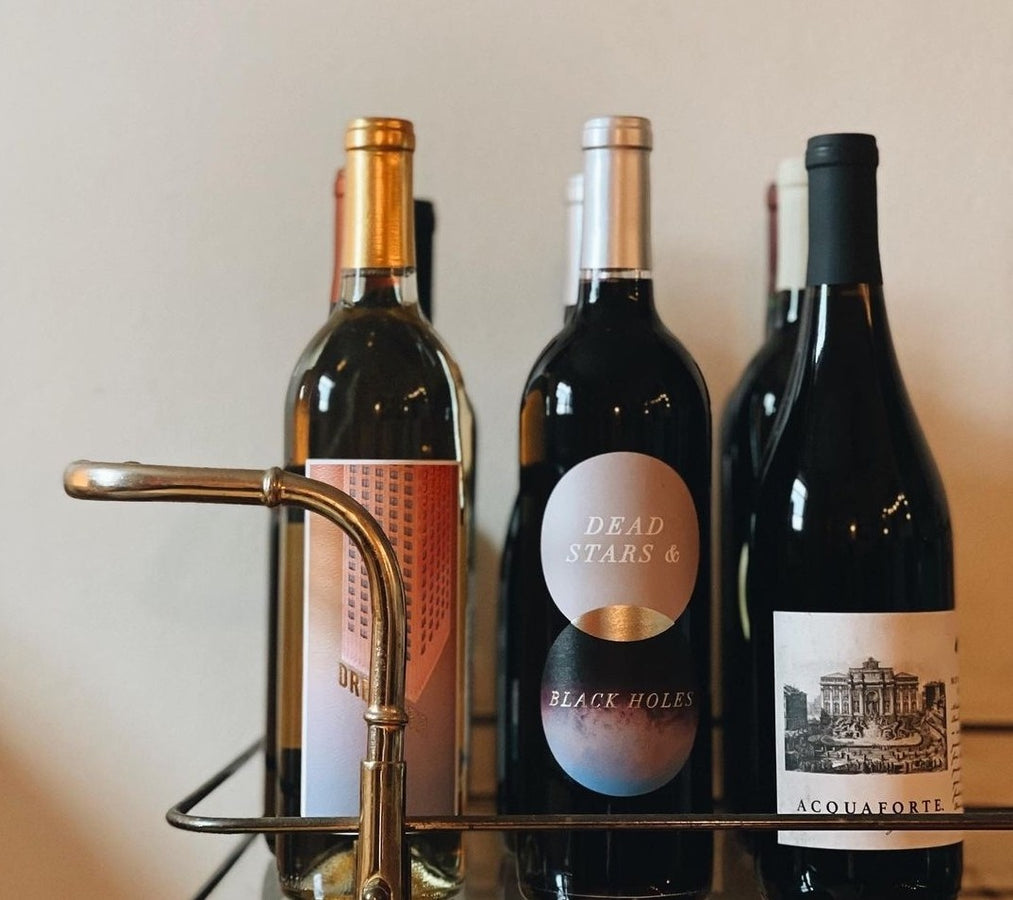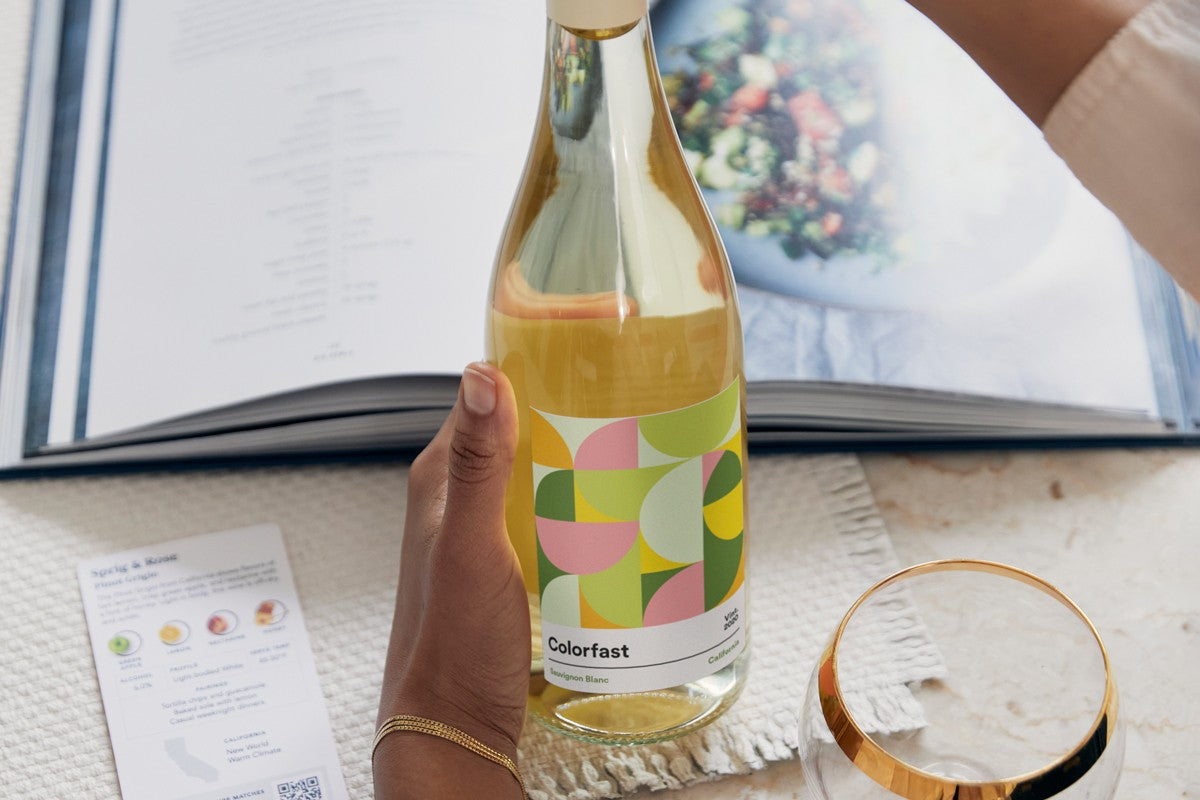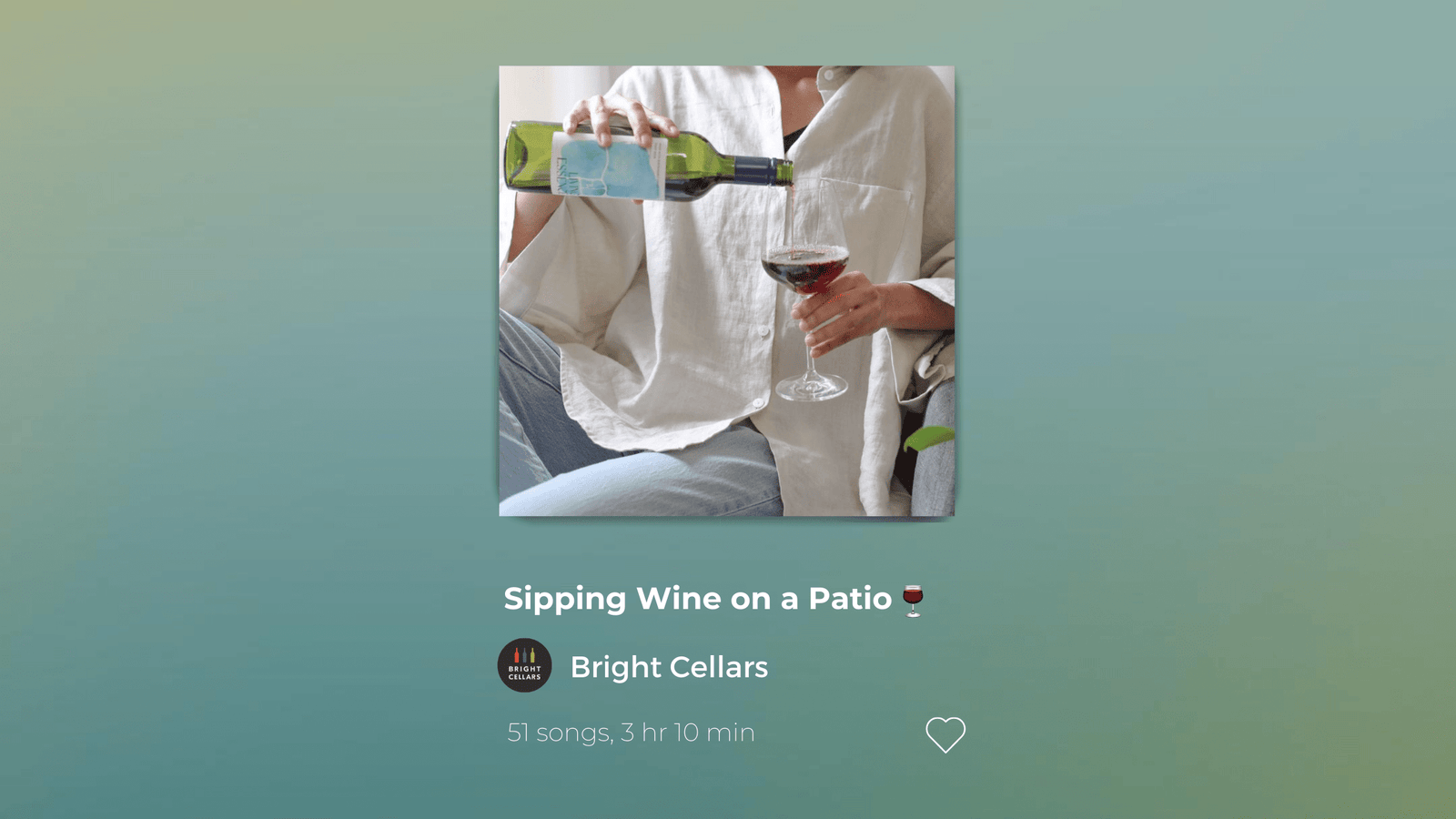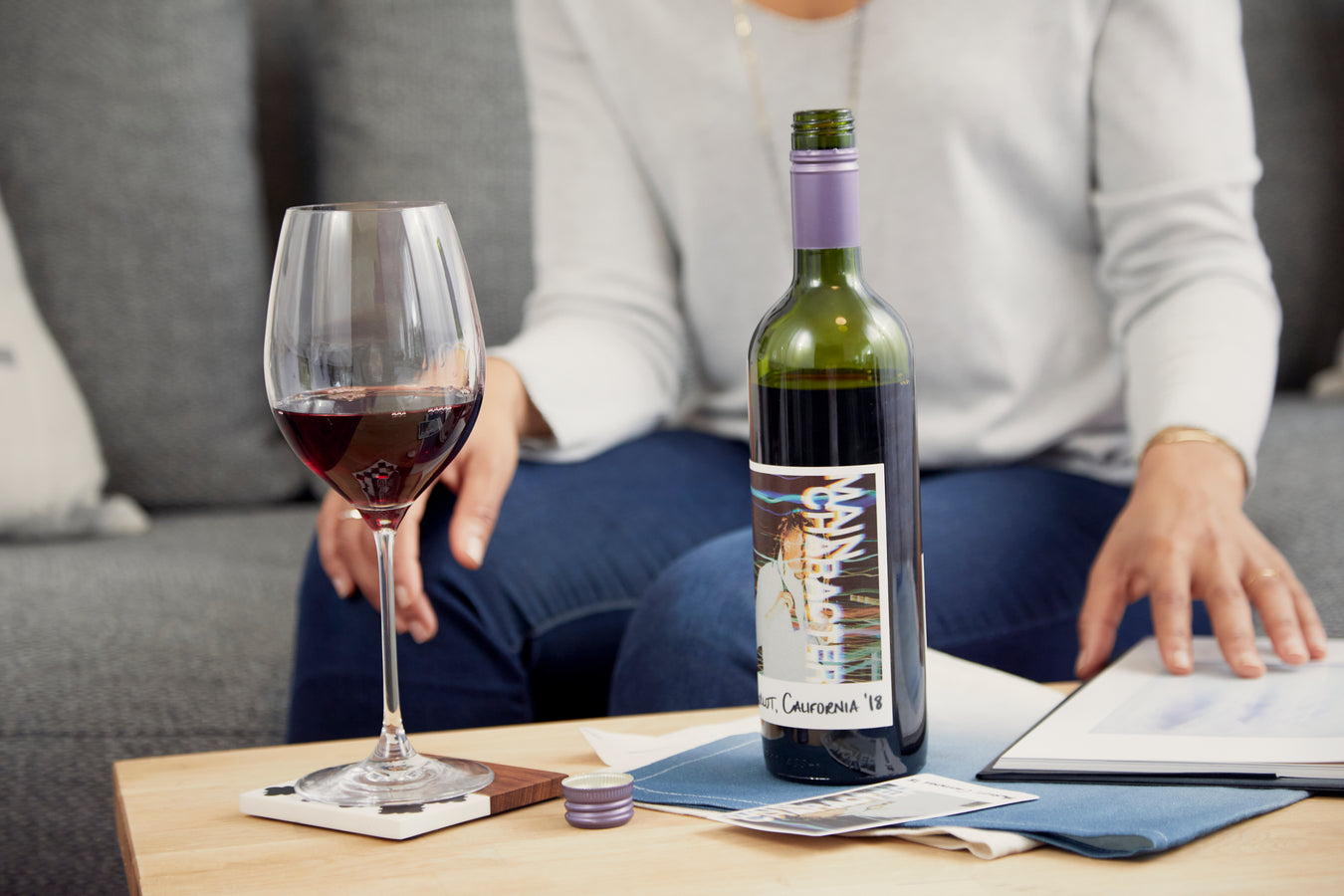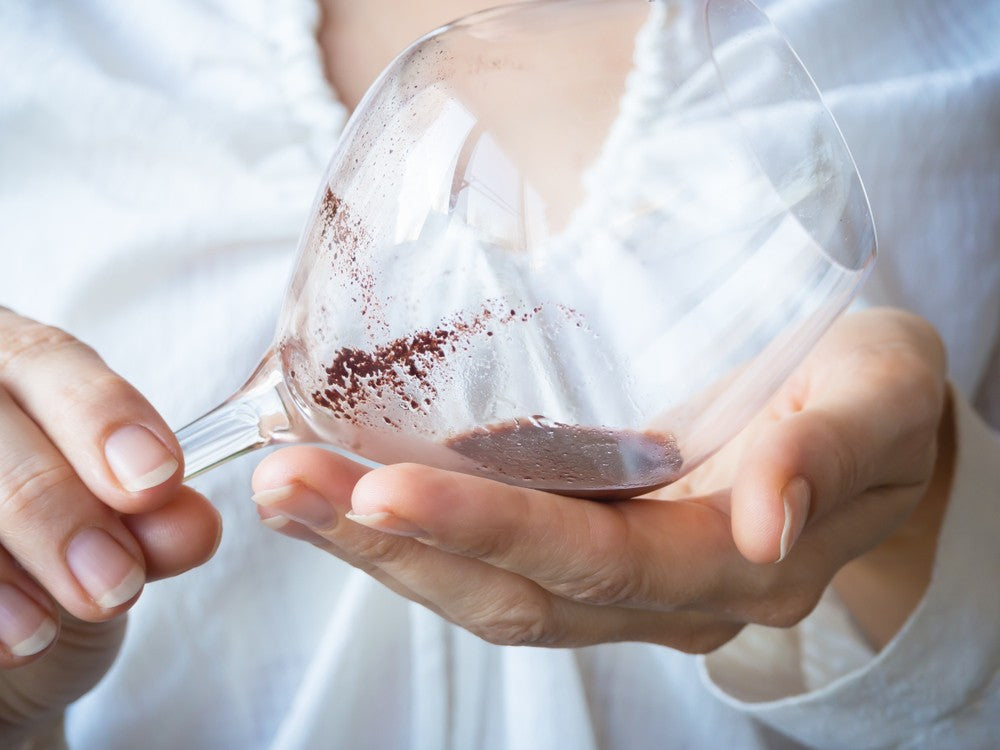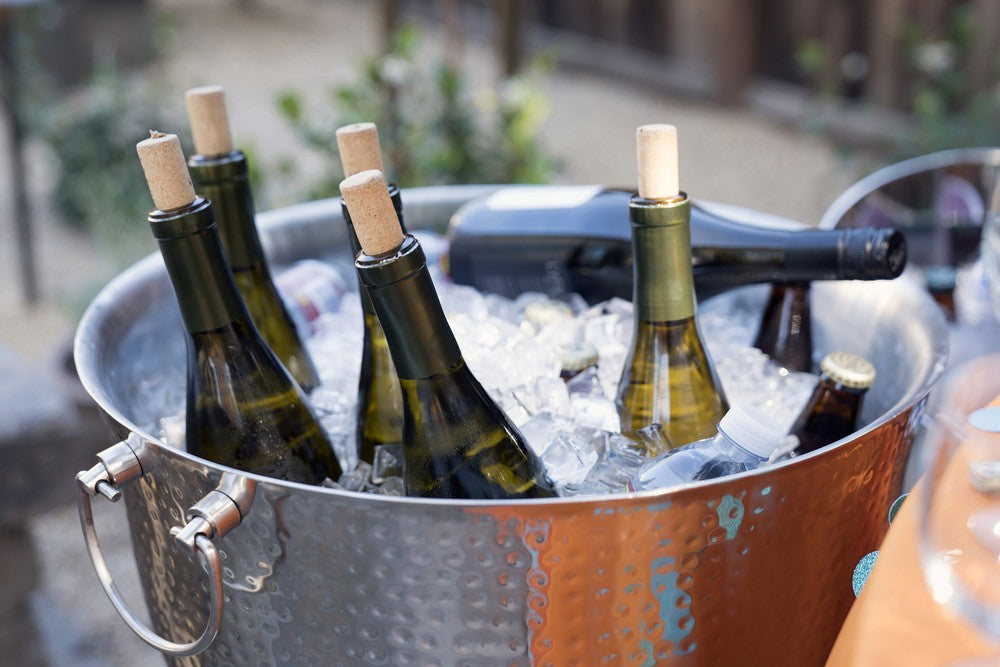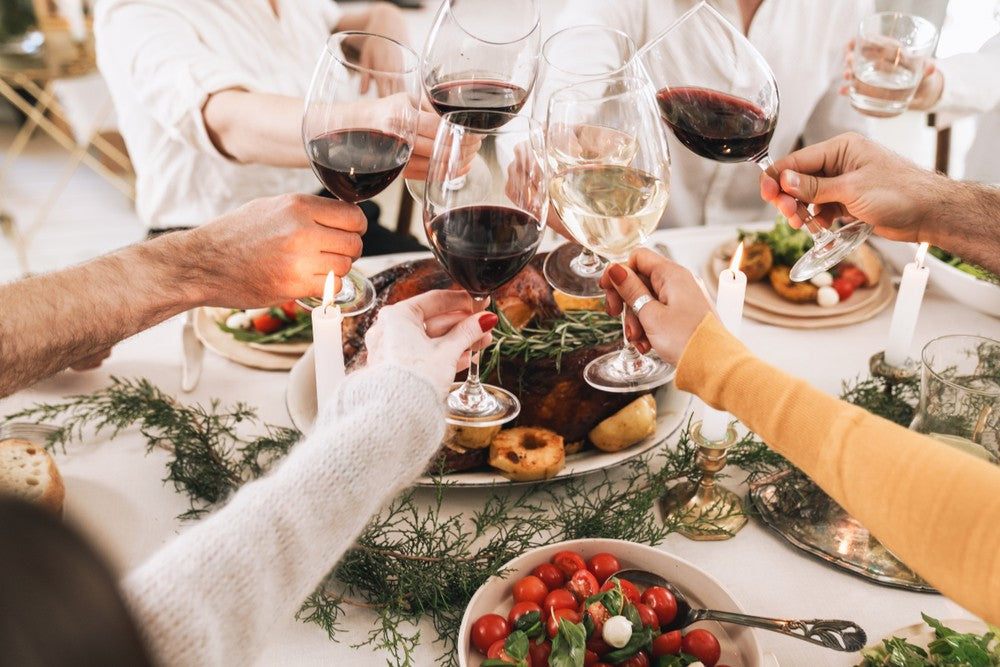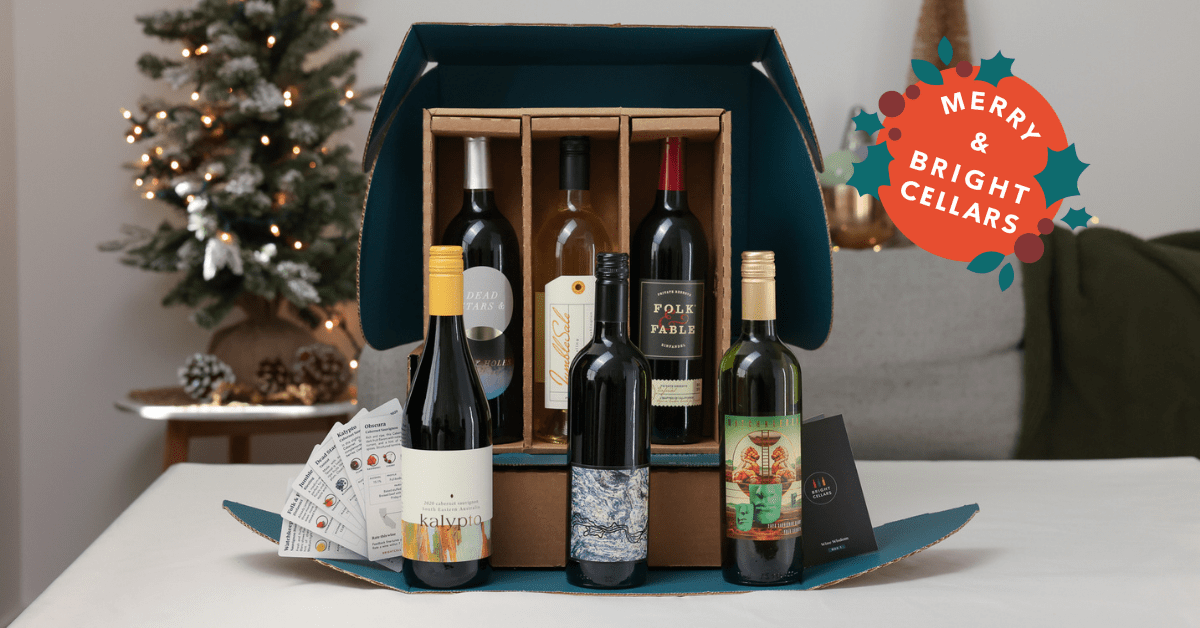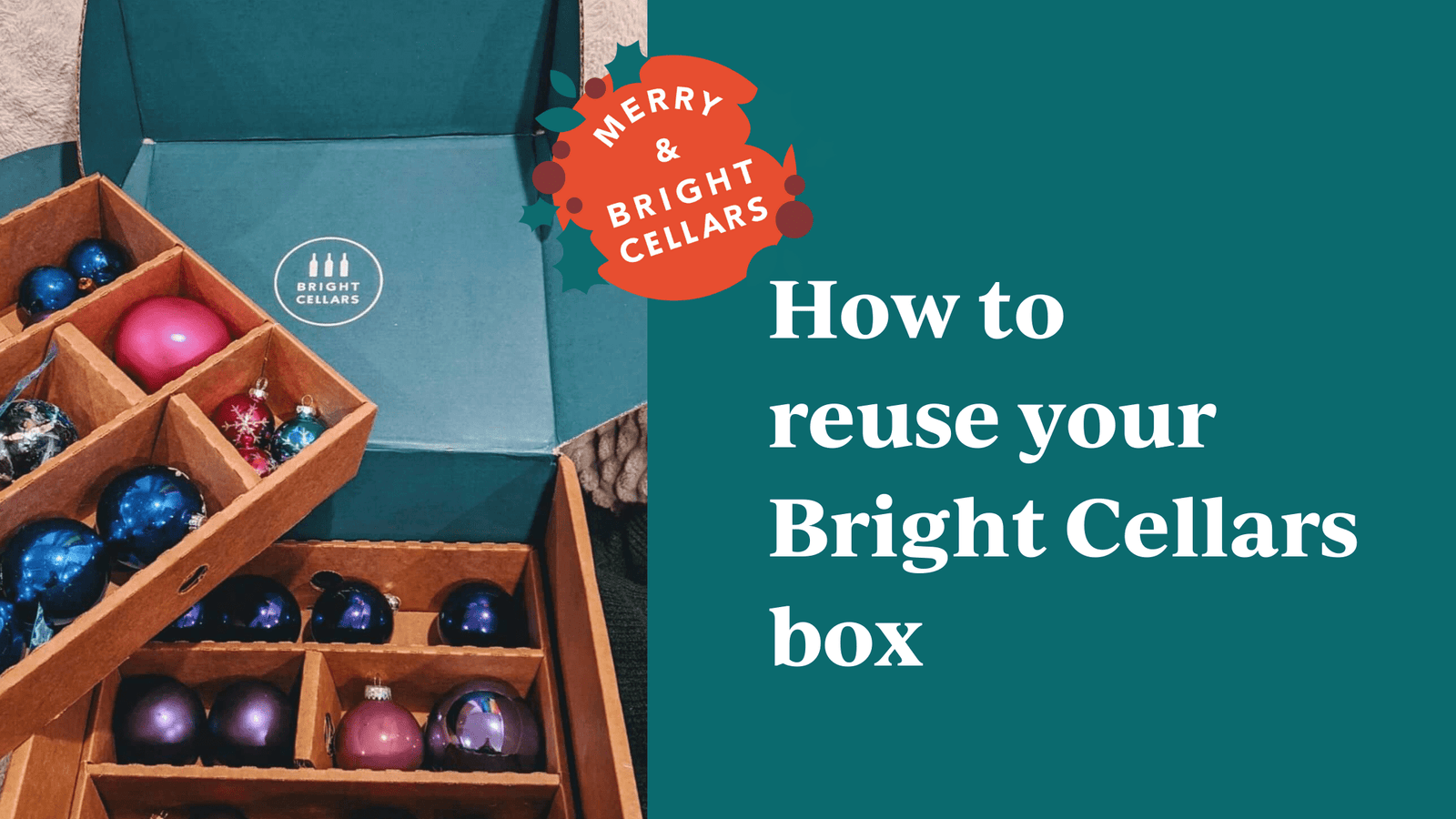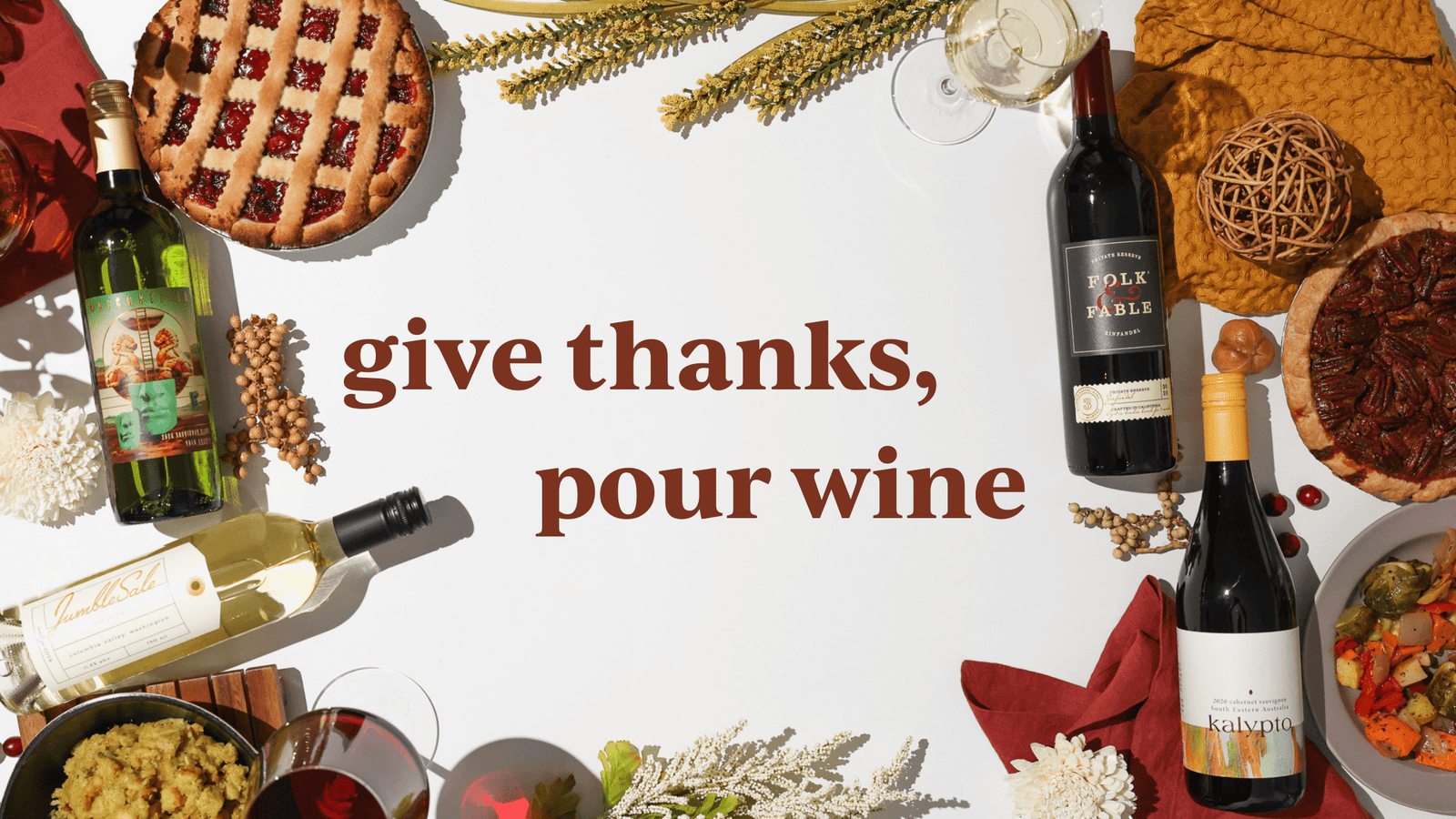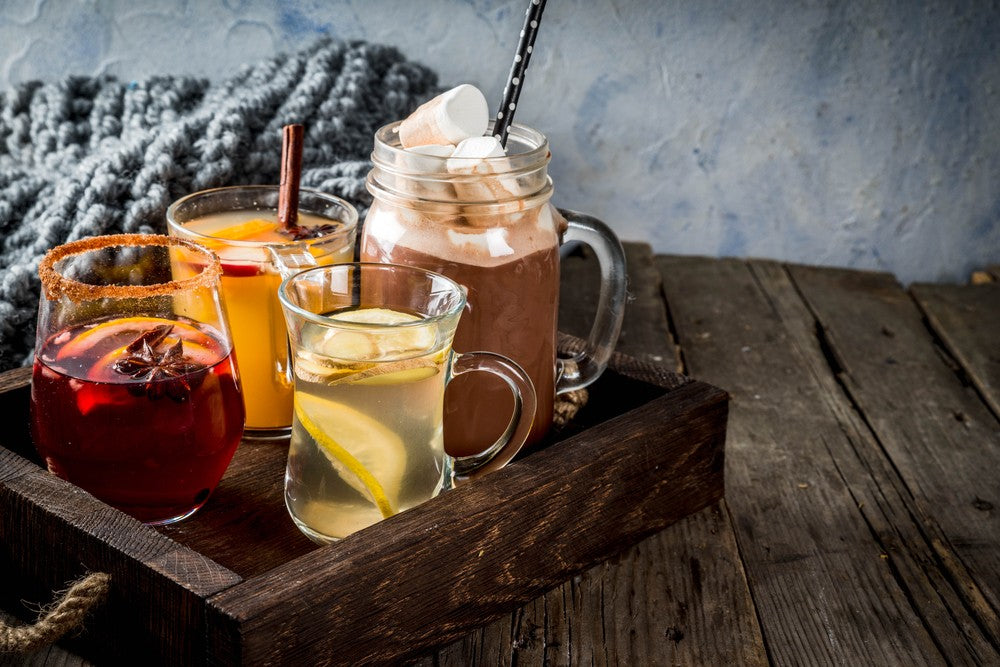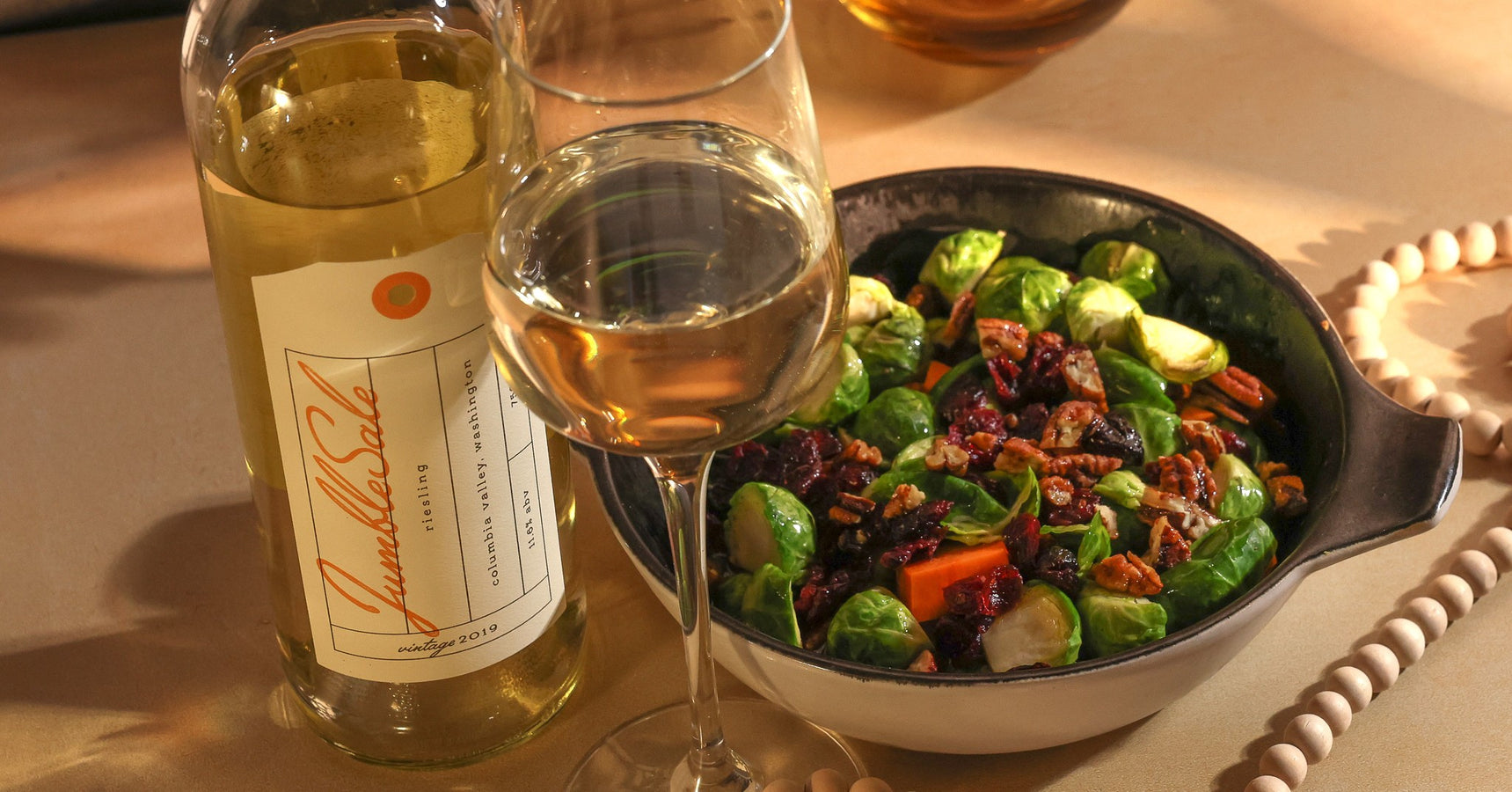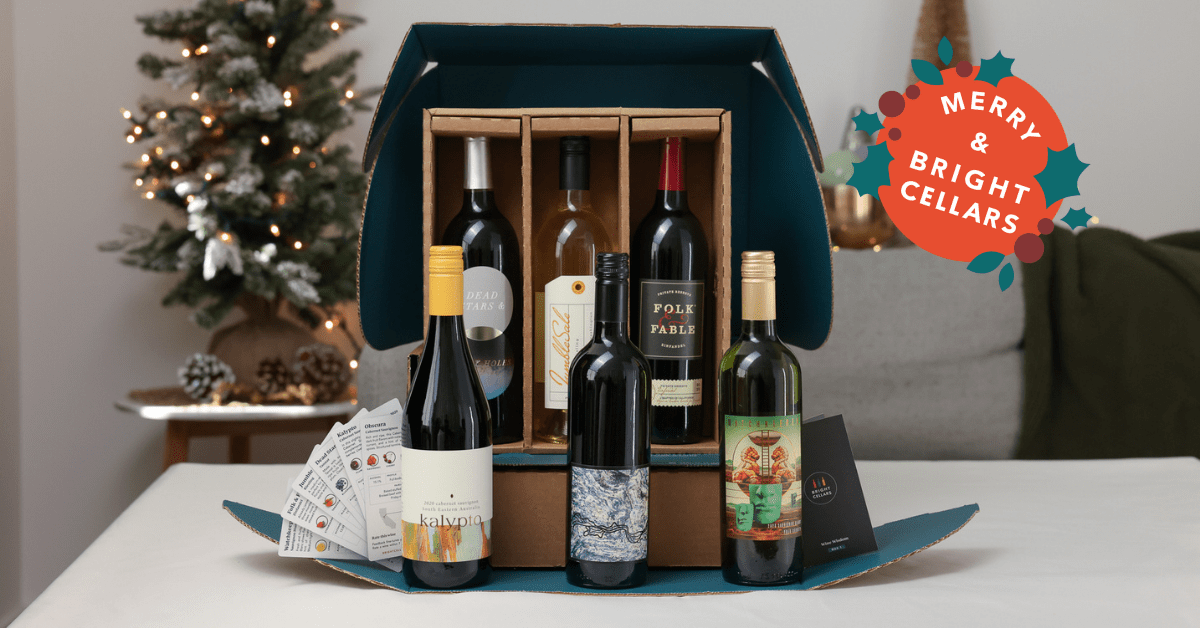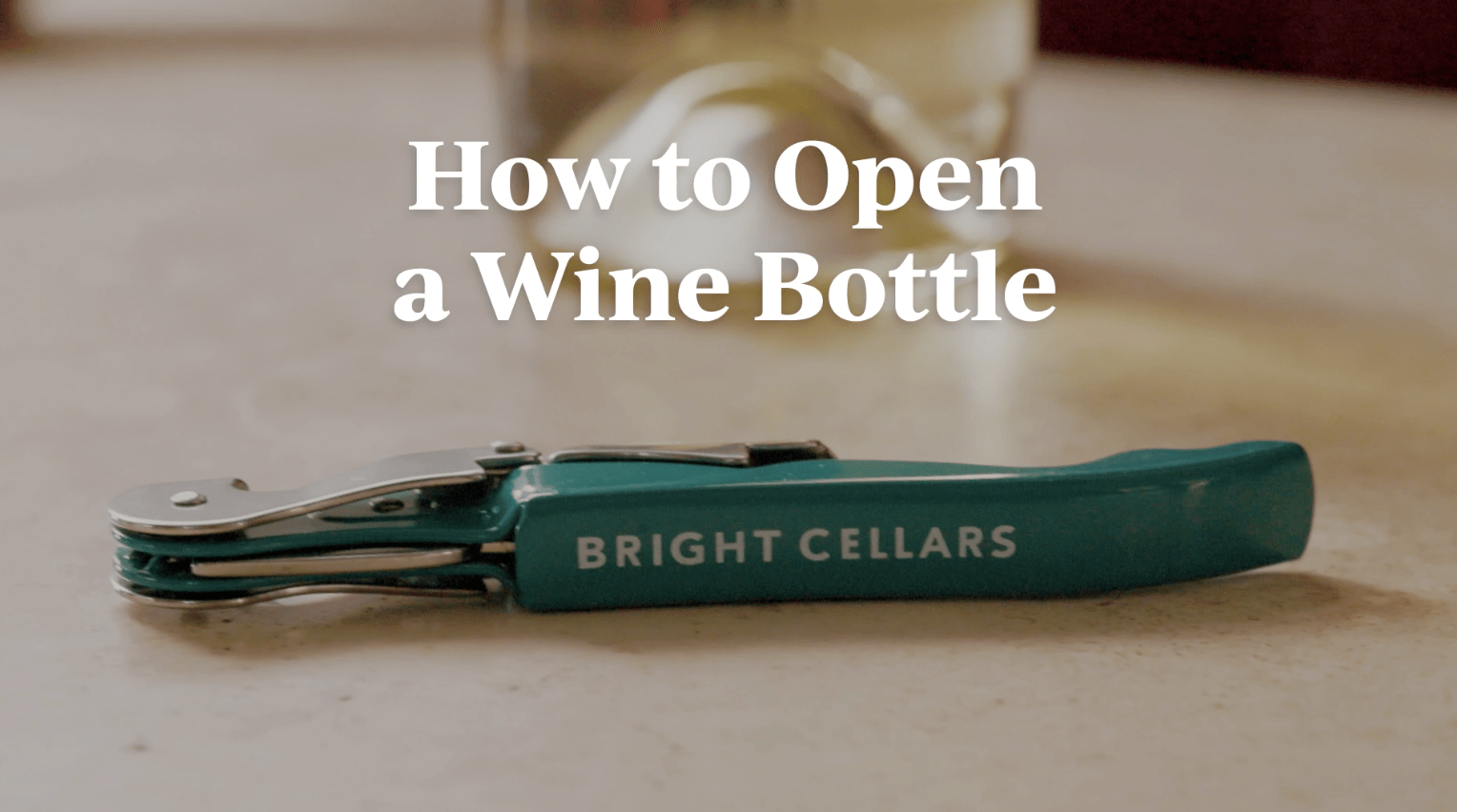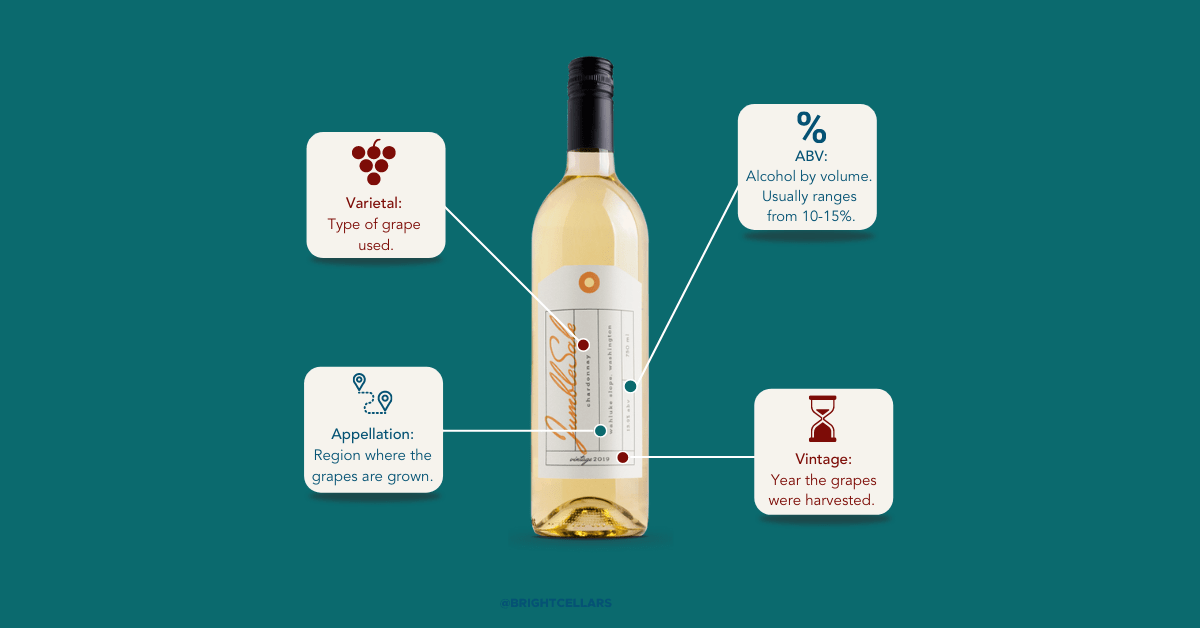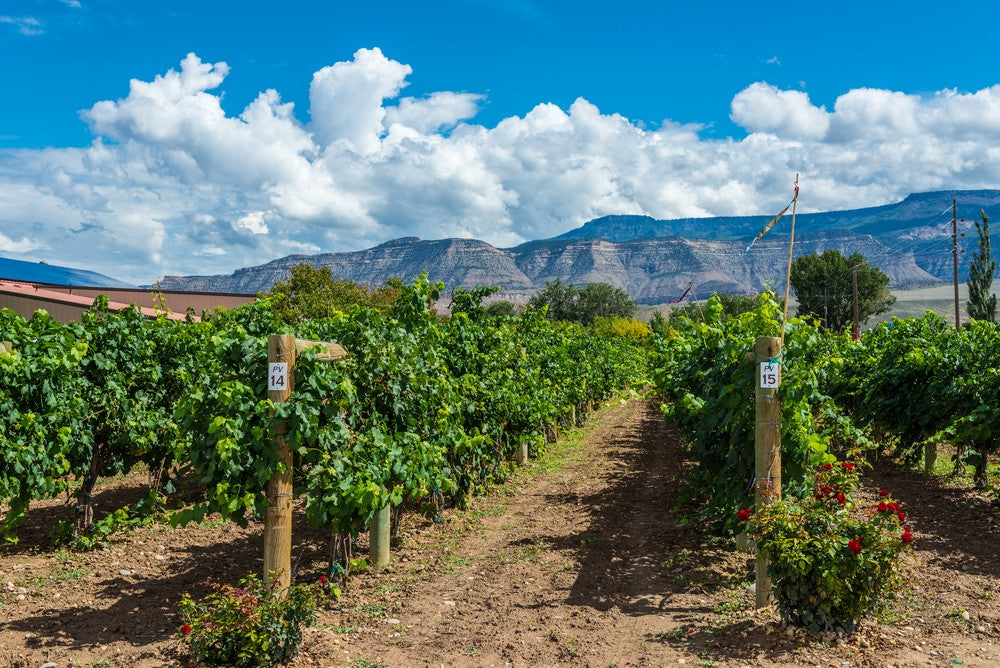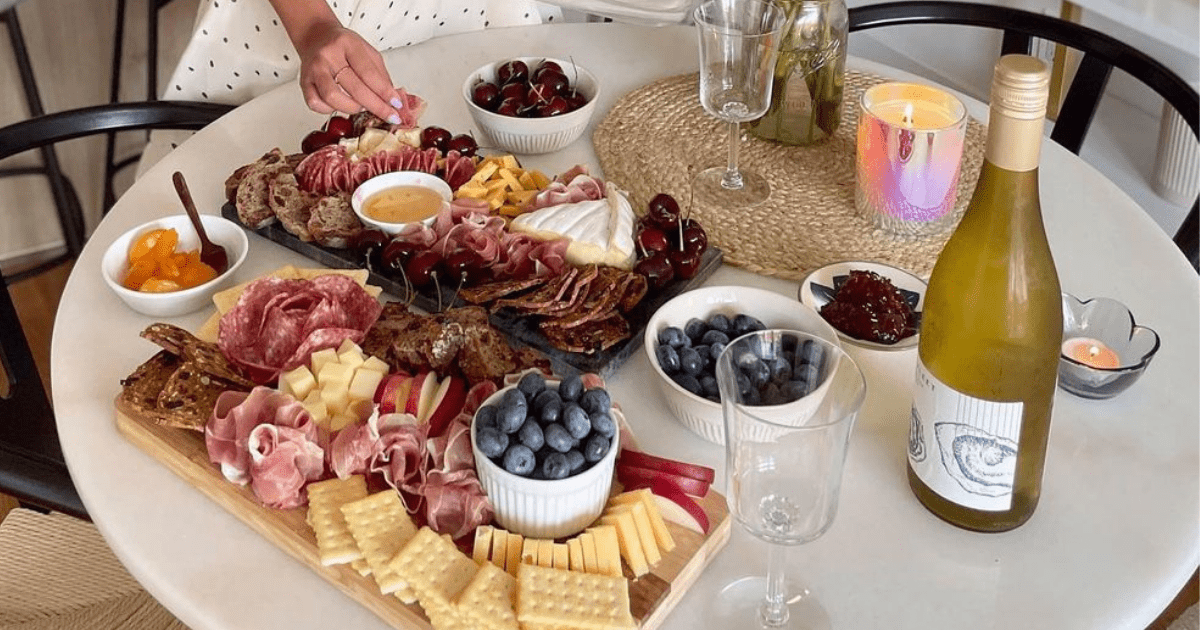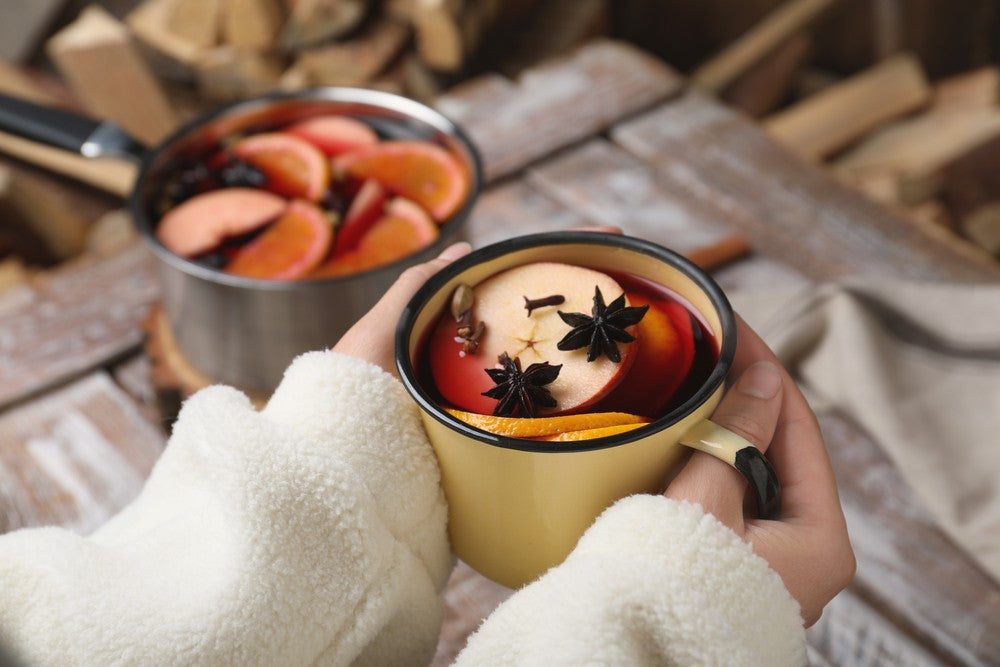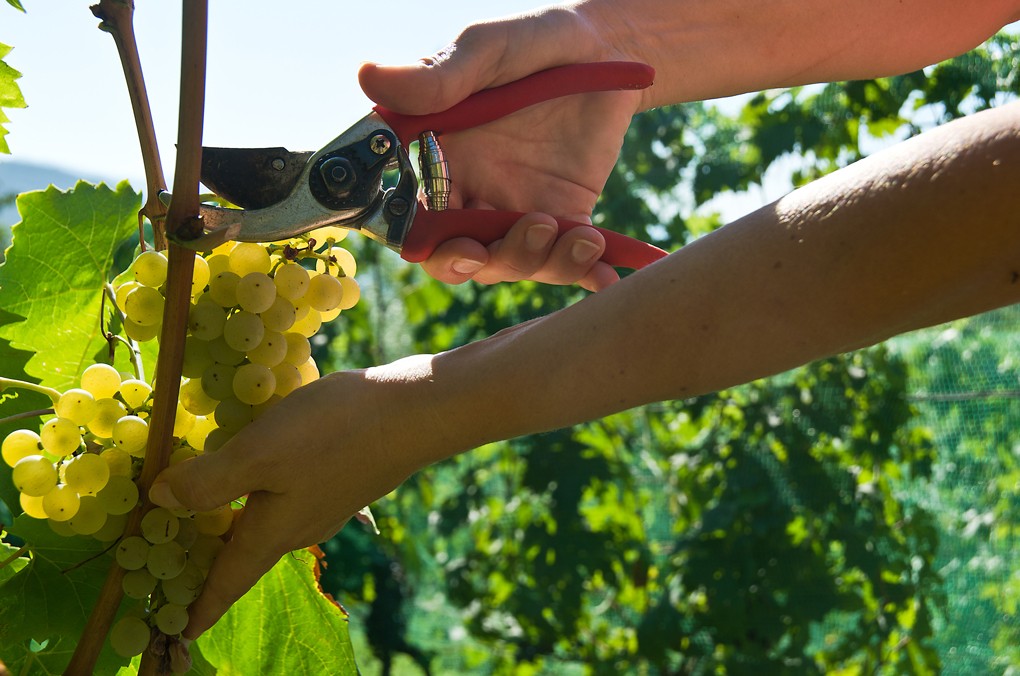
In January of 2016 I packed my bags, kissed my diploma goodbye, and set out on a year-long winemaking adventure in Austria.
That’s right. This fresh-out-of-college Wisconsin native, up and moved to Austria to speak German and pick grapes for a year. (Ok, that wasn’t all I did, you can learn more about my experiences in Austria here). As you can likely imagine, my daily routine was less than ordinary. Here’s just a glimpse at a day in the life of a young, newbie harvester:
Harvest Schedule
6:10 AM First alarm sounds and is inevitably snoozed
6:15 AM Second alarm sounds
6:30 AM Backup emergency alarm just in case because, yes, I’m that type of person
6:55 AM Out the door! If you’re even 30 seconds late, your harvest crew will leave without you
7:00 AM – 9:15 AM Harvest
9:15 AM-9:30 AM Breakfast Break
10:00 AM-12:00 PM Harvest
12:00 PM-1:00 PM Lunch
1:00 PM – 5:00 PM Harvest until you no longer have daylight
Harvest Equipment
-As many warm layers as you can fit under your harvest-designated raincoat
-Old jeans
-1-3 pairs of socks depending on the weather forecast
-Old rain boots
-A pair of cheap knit gloves
-Plastic gloves over your knit gloves to keep them dry from leaking grape juice
-Harvest gloves
-Scarf
-Winter hat
-Shears
-Bucket* (*Kübel – if you’re Austrian, or Eimer – if you’re German)
Let me break it down for you.
Vans take harvesters to designated vineyards for their bright and early morning shift. The vineyards that are chosen for harvesting are dependent upon the sugar levels of their grapes, the amount of dew or residual raindrops from the night before and the quality and state of the grapes (rot = no bueno). If the grapes are too wet in a vineyard that needs to be harvested, creative measures may be taken. Think: leaf blowers gently drying off the grapes. Why? Because raindrops = water and water = diluted wine…and nobody’s got time for that!
What’s for Frühstuck (a.k.a. Breakfast)?
Hot tea (with or without a splash of rum).
If you’ve ever had the pleasure of harvesting frozen grapes at 7:00AM in November (while it’s snowing and your fingers have never been in such cold, miserable pain even though you’re from Wisconsin and thought you were used to cold weather and you’re wondering, why is this so damn hard?) you know it’s wise to kindly accept a cup of hot tea with rum when offered. Here’s hoping the warmth spreads to your ever-numbing toes and fingertips before you head back out to the vines. You’ll also get to enjoy freshly baked bread and rolls, butter, cheese, ham, unidentifiable meat products (cold cuts, pate, lard, spreads, etc.). Shoutout to Oma who prepared breakfast, soup, lunch and dessert for our harvest crew every day! You the real MVP.
Back to the Weintrauben (a.k.a. Wine Grapes)
The best-case scenario is a vineyard with healthy, beautiful yellow-green grapes. These grapes will be perfectly plump, yet each bunch will be loose and roomy. The bunch is full but not crowded. To harvest, you must cut off each grape bunch from the vine, quickly inspect it for good rot or bad rot (see below) and toss it in your bucket. Be prepared to cruise. Even if you think you’re working quickly, I hate to break it to you – you’re not.
Bad Rot:
When too tightly clumped, grapes can apply pressure to neighboring grapes, eventually squishing and popping an inner grape of the bunch. This leads to brown, rotting, slimy, vinegary grapes. If you want the full nitty-gritty harvest experience, stick your nose in a bottle of vinegar and inhale. If you just gave yourself a headache, you’re one step closer to living the harvest life.
Unfortunately, my harvest experience was often accompanied by brown, mangled, sticky grapes. The squirting of spoiled, vinegary grape insides at your face and clothes when attempting to cut them loose with your numb, frozen, tired hands is less than adorable. You work in a cloud of vinegar stank as you cut these spoiled grapes free from an otherwise healthy bunch and let them fall to the ground.
When it comes to bad rot, you must always be thorough. Cut off both the bad grapes and their vinegary stems. These bad grapes are a winemaker’s worst nightmare, and the smallest quantity of spoiled grapes can taint a barrel of wine. Depending on the winemaker, you may be told they’d rather you sacrifice twelve good grapes than let one grape with bad rot in your bucket.
Good Rot:
There is such a thing as “good rot,” which might just be the most delicious oxymoron. For white grapes, good rot, a.k.a. noble rot, a.k.a. botrytis is a purple-hued green grape with a normal white center. These grapes are still plump, may be growing some white rot fuzz on the outside and are often perfectly healthy. If your focus isn’t dessert wine, however, the danger with botrytis occurs when the grapes are no longer individual berries. Once the botrytis fuzz clumps grapes together, you may be instructed to cut those out of the bunch.
Break for Mittagessen (a.k.a. Lunch)
Chicken soup may be for the soul, but Griessnockerlsuppe is for the harvesters. Austrian comfort food at its finest, this warm dumpling soup often graced our table before lunch. The main meal was usually hearty meat with sauce, potatoes or sauerkraut, followed by dessert. And yes – there is such a thing as too much Schnitzel.
So, did you make any friends?
Each harvest crew is different. My harvest experience included harvesters from Austria, Germany, Poland, Czech Republic, Portugal and the U.S. (me!). While I hopelessly tried to learn Polish from my harvest partner to no end, the Czech guys heard my pathetic attempts, laughed at me and sang off-key Czech covers of The Beatles.
I was easily the youngest and least experienced harvester, and even by the end of harvest season, I still could not keep up with the 80-year-old Austrian couple (they were undeniably gifted at maneuvering shears; talk about #relationshipgoals). When someone has harvested for 60 years of his or her life, it’s no surprise my inexperience couldn’t compete. Nonetheless, I would not trade it for the world.
Have you ever worked a grape harvest? We’d love to hear about your experience too! Leave us a comment below.
